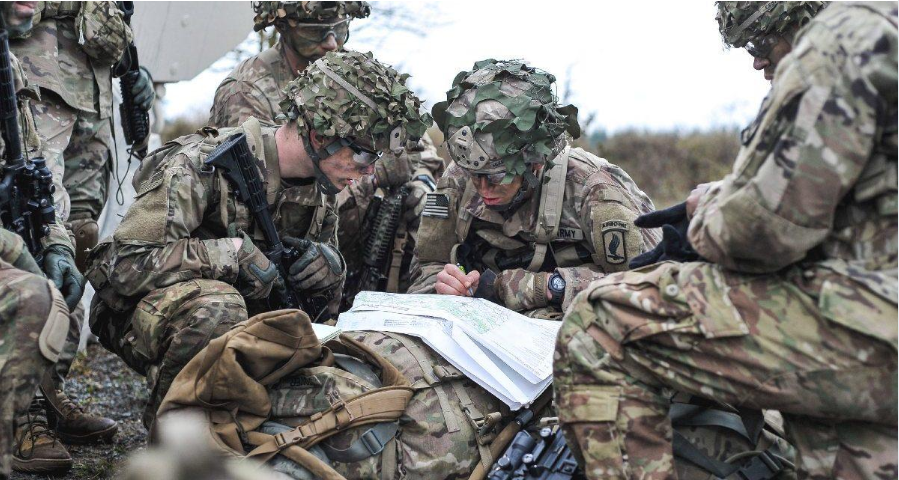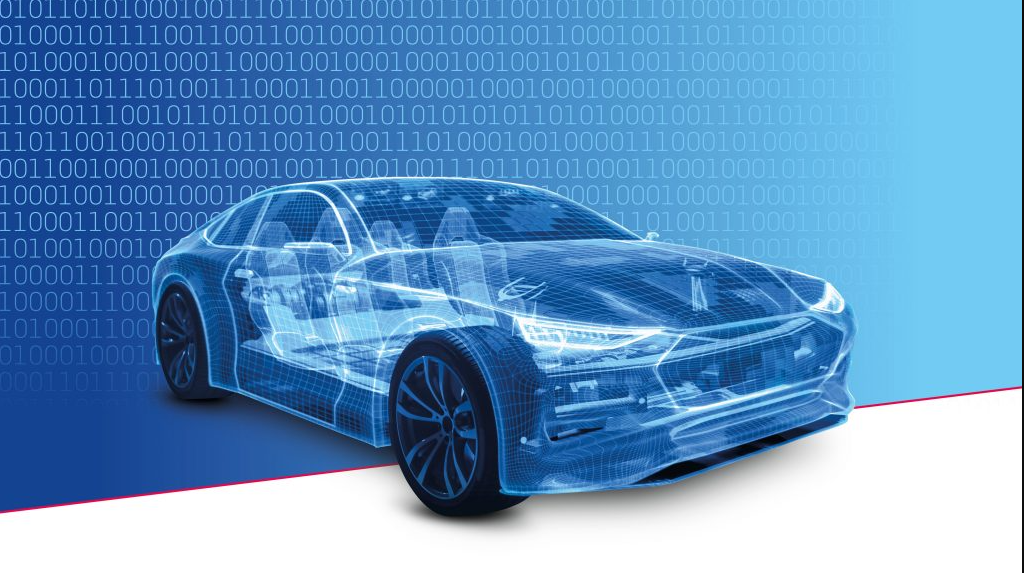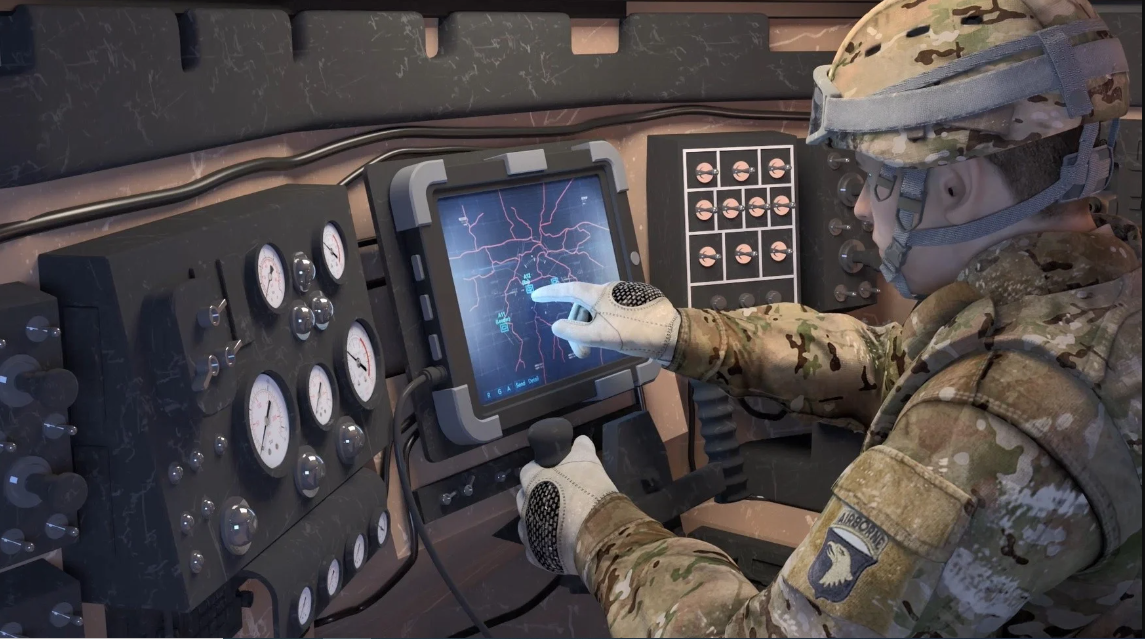The Future of Warfare: How Technology is Shaping Modern Military Strategy
In today’s increasingly guaranteed direction of worldwide security, cops and soldiers around the world have not stood still. technological innovations have been sweeping away one after another long-established ways both militaries operate and their capabilities. The future of warfare lies in new technologies that improve combat effectiveness and widen weights at which flex would best serve, as well as radically extend operationalreach. Just as in the private sector, almost every aspect of modern warfare is now being driven by technology. Take a look at the impact technology has on the future of military strategy.
Autonomous Systems and Robotics
The integration of autonomous systems and robotics is one of the most transformative developments to enter warfare since its inception. These technologies allow the military to carry out a wide range of missions with more precise results, reduce risk for human personnel, and operate at a faster tempo. For instance, Unmanned Aerial Vehicles (UAVs) can offer persistent surveillance, reconnaissance and accuracy of precision strike capabilities without endangering any pilots. Ground-based robots can be used in functions such as EOD tasks, logistics support in hostile environments and others like these which actually help to further decrease the risks human forces might face.
Artificial Intelligence (AI) and Machine Learning
Artificial intelligence is fundamentally altering military operations. With astonishing speed, huge amounts of data can now be analyzed in a way that far outstrips anything mankind could ever get close to doing. AI algorithms can predict the enemy’s movements, Structure supply chains for better logistical support and undertake strategic decision-making. Machine learning algorithms keep improving their performance just as Jack progresses up the bean-stalk, adjusting to new threats and operational environments. This capability adds to the speed and flexibility of military forces, ensuring they remain agile and effective in unpredictable and rapidly changing scenarios.
Cyber Operations and Information Warfare
Microchip warfare and information operations have been drawn into the hat by an ever more digital world.In addition to being used to defend military networks against cyber attack, cyber capabilities are also employed for Offensive operations. For example, disrupting enemy communication lines and paralysing the opponent’s critical infrastructure. Information operations involve the strategic use of information and disinformation. All is grist to the mill: to influence public opinion, bring about the fall of an adversary government, and even shape the course of military conflict. Like traditional military capabilities, the capacity to dominate the information domain is essential for modern warfare.
Long range fires and double target accuracy
Precision-guided munitions (PGMs) and long-range fires have transformed military strikes into highly precise operations with minimal collateral damage. Such technologies allow armies to focus almost entirely on hitting the right enemy positions, infrastructure and personnel as close to 100% accurately as possible without any risk of killing civilians. These missiles, together with satellite navigation systems and advanced targeting computers, ensure that military forces are indeed on mission springs with staggering accuracy; thus they increase operational effectiveness–placing less of an operational load on logistics. They are also equipped, in case asked, so as to become quite compatible with traditional kinetic operations.
Challenges and Ethical Issues
While technological advancements bring great opportunities, they also pose problems and ethical problems for military planners and political leaders. These include ethical Questions about a autonomous weapons systems, the susceptibility of networked systems to cyber attack, information warfare and its impact on democratic processes. In addition, advanced technological options for state and non-state actors throughout the world highlight the necessity for effective international norms and rules which will prevent misuse as well as from the unnecessary spread of conflict.
Conclusion
The future of warfare is indubitably tied to technical innovation. As armies take advantage of autonomous systems, artificial intelligence, cyber capabilities, precision-guided munitions and all known forms of nastiness, the character of warfare and military strategy will continue to evolve. Adjusting to these developments requires not only advanced technical savvy but also a thoughtful approach toward ethics and being smart about where you put your good cards into play. Embracing innovation, but remaining vigilant toward risks, allows contemporary armies to successfully navigate the subtleties present in 21st-century security challenges.










